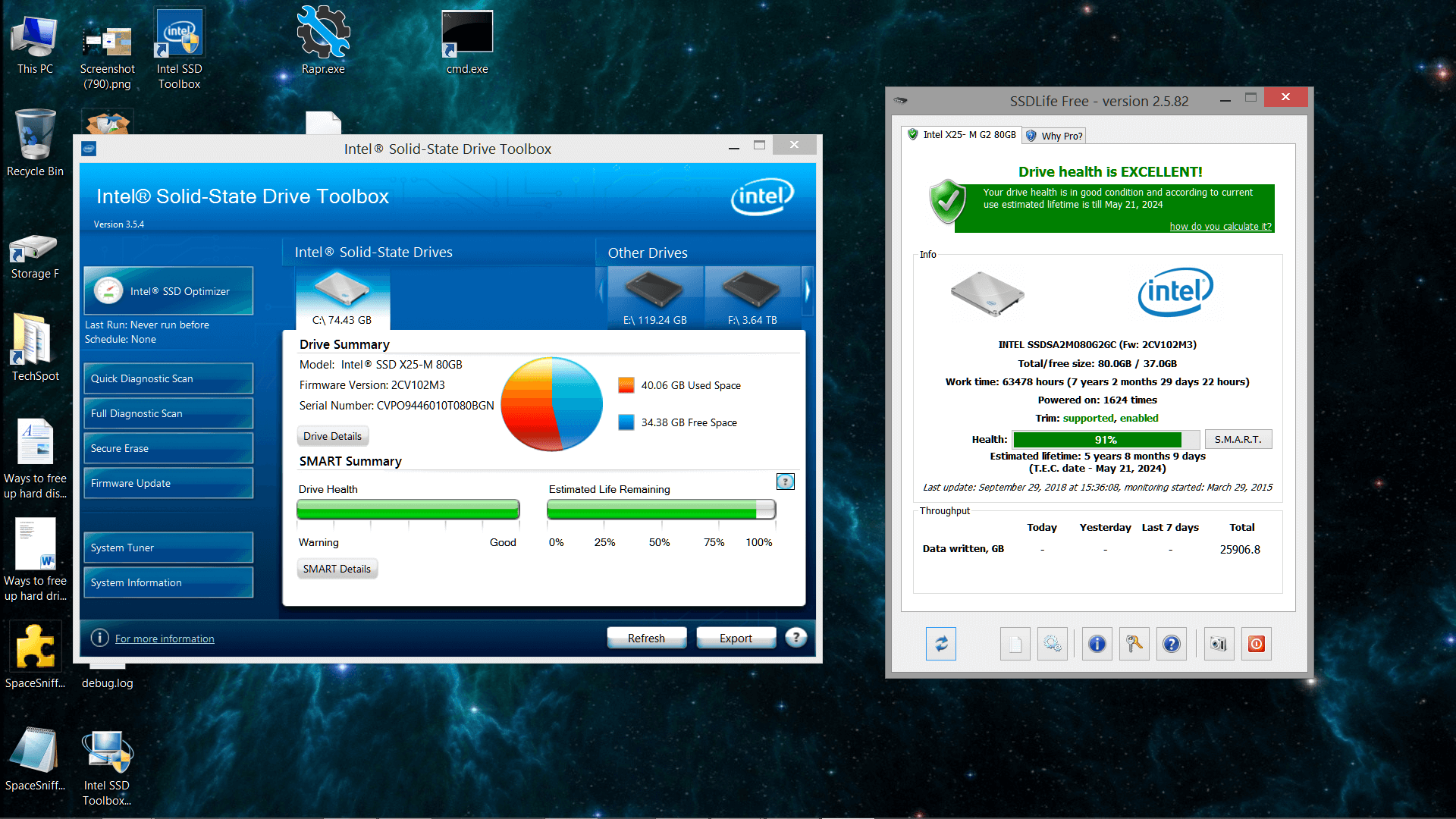
Recast’s Client Tools provide the ability to effortlessly Clear Cache. You can find more about these features here. Clicking the select box on an application will give you the opportunity to uninstall the application. To clear even more space, the Programs Tab in the System Information Tool displays a detailed table of the different programs including their Name, Publisher, Architecture, and Version Number. After gathering the details, clicking on a profile will enable the Delete button to delete the selected profile. It will show information on the user profiles that have signed onto the device – including Last Used, In WMI, In Registry, Profile Path Exists and SID. Recast’s System Information Tool is a great tool to give a collection overview and status of a large number of machines, and it can be used in multiple ways to clear disk space.

Recast has several ways to assist in low disk space cleanup, with tools to remove profiles on devices, uninstall applications, clear out cache, or remotely connect via PowerShell to leverage some scripts or code to get your job done. Set your thresholds and then run remediation if the free space gets too low. With Intune, you can leverage Proactive Remediations. You can then take those scripts and leverage any number of deployment mechanisms, ConfigMgr Run Scripts, Configuration Items, or integrate into a Task Sequence as a PreFlight. If you would like to leverage Windows Disk Cleanup Utility, Michael Niehaus wrote up Automating Disk Cleanup on Windows 10, which is a simple way to add it into a task sequence. As with anything you find online, make sure you test before promoting to production. Joshua Allen Shaw wrote up Part 1 and Part 2 for scripting cleanup with PowerShell. This is one of the best scripts posts I’ve found, it’s a very extensive list of items to clean up. I have done this in the past and it has worked pretty well. This is really handy on shared computers, like on a hotel station or training lab.

You’ll have to know your retention policies, so working with HR and your Legal department is a good idea before you start blasting items.Ī simple place to start is by leveraging Group Policy for cleaning up old profiles. There are some basic areas which you can clean up, such as temp locations, where you might stash extra log files, and other things that are specific to your environment. There are plenty of scripts out on the web for disk clean up. Automated Remediation for Low Disk Space.


 0 kommentar(er)
0 kommentar(er)
